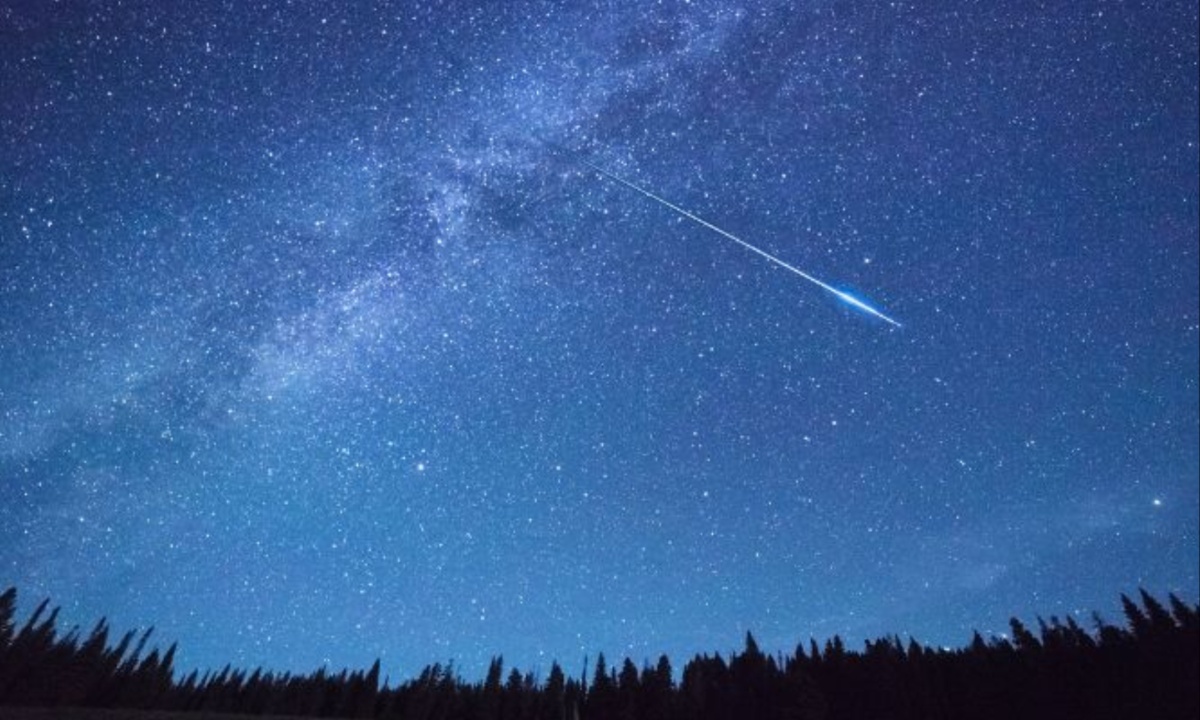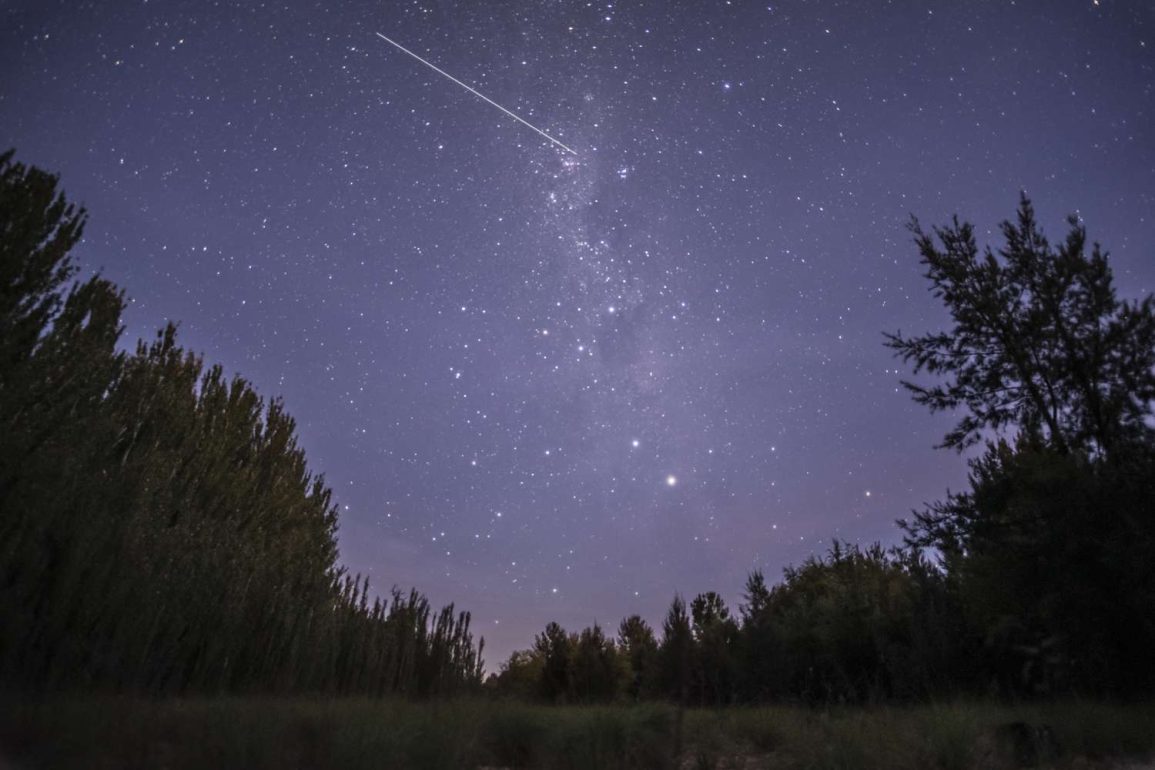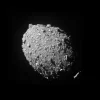This past weekend’s intense solar activity set the stage for another celestial event: the Draconid meteor shower, peaking between the night of October 7 and the early hours of October 8, 2024.
Though not as well-known as other meteor showers like the Perseids, this year’s Draconids will benefit from favorable conditions with a dim crescent moon that sets early, around 9 p.m. local time. This ensures that moonlight won’t interfere with viewing, allowing those in dark-sky areas to see up to 10 meteors per hour.
The Draconid meteor shower is a unique spectacle because, unlike most meteor showers, its radiant point is highest in the sky during the early evening hours. This means that viewers don’t have to stay up until the early morning to catch the best of the show.

The meteors come from debris left behind by Comet 21P/Giacobini-Zinner, making the Draconids a rare and early-night event, which peaked around 11 p.m. ET on October 7.
To view the Draconid meteor shower, observers should direct their gaze toward the constellation Draco in the north-northwest sky. This constellation is positioned near the Big Dipper (Ursa Major) and Little Dipper (Ursa Minor), making it easier to find. Even though the meteor shower peaks on the night of October 7, it is still possible to see shooting stars on the night of October 8.
For the best viewing experience, it’s important to avoid light-polluted areas. Dark-sky parks or remote locations with little artificial light are ideal for stargazing.
A wide, open area like a field or lakefront with unobstructed views toward the northern horizon will improve your chances of seeing meteors. Tools like telescopes or binoculars are unnecessary, but using a red-light headlamp or flashlight can help preserve your night vision while observing.
Overall, this year’s Draconid meteor shower offers a great opportunity for casual stargazers, as it doesn’t require staying up late into the night. With the right conditions and a clear, dark sky, those watching can catch this rare early-night meteor shower without much hassle, making it an accessible and rewarding experience.

